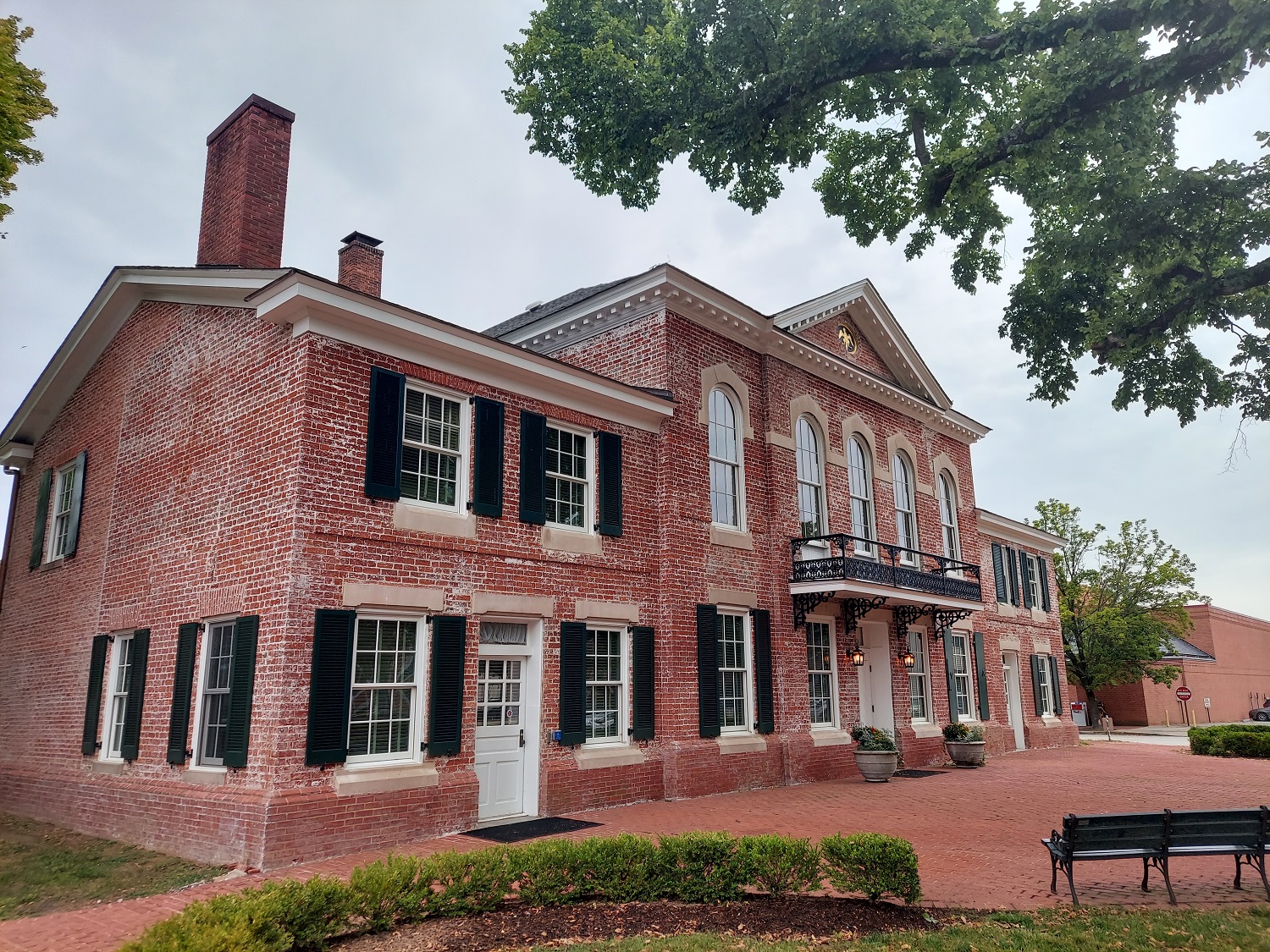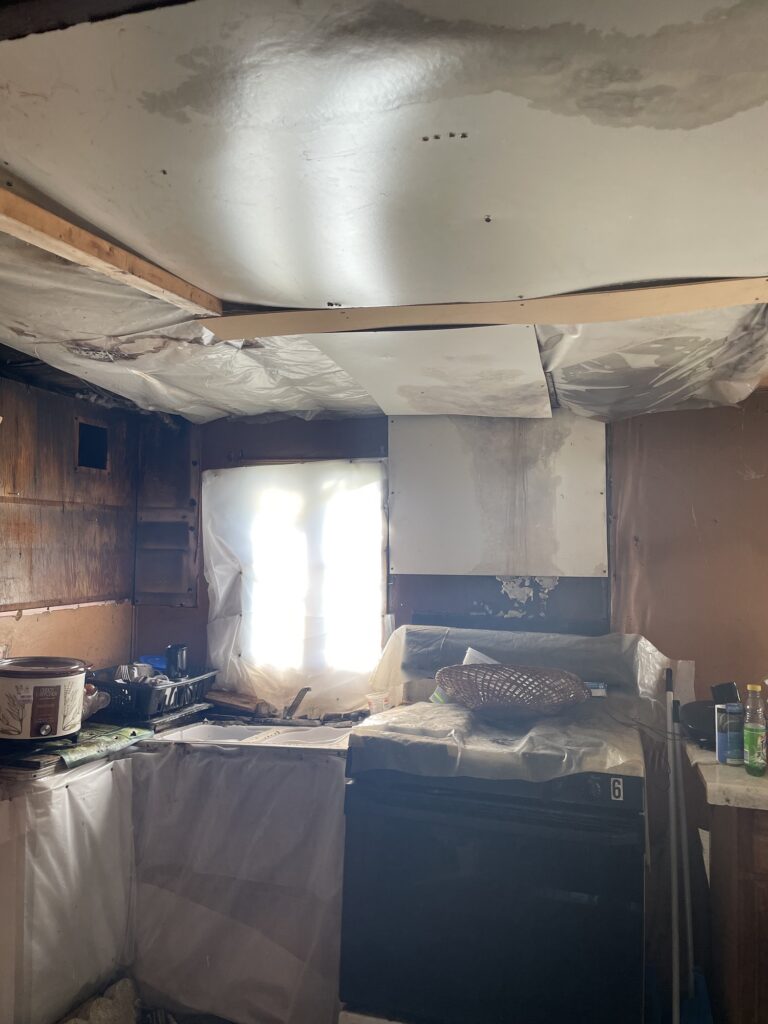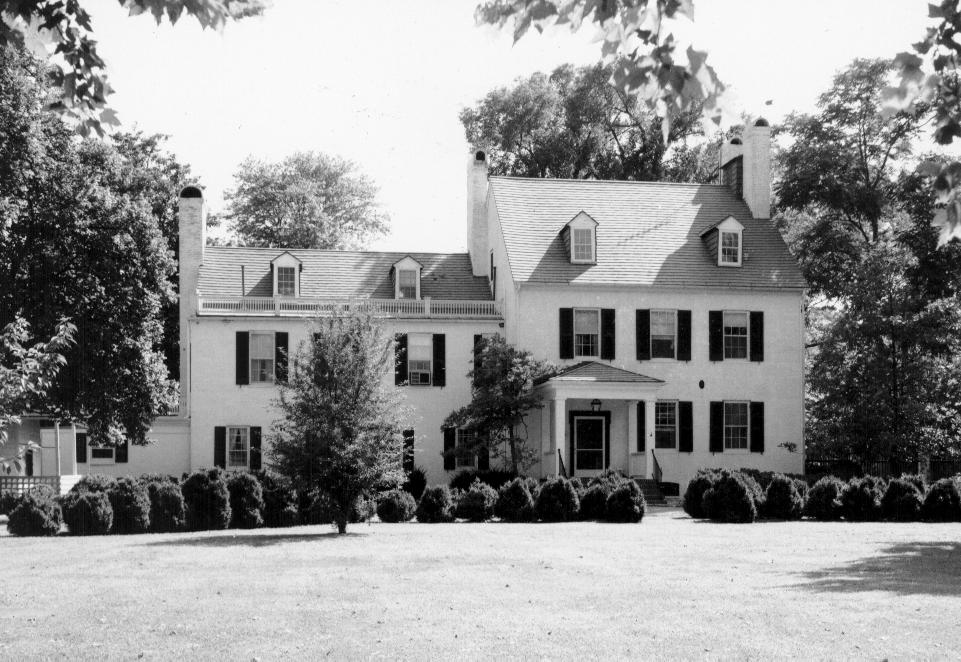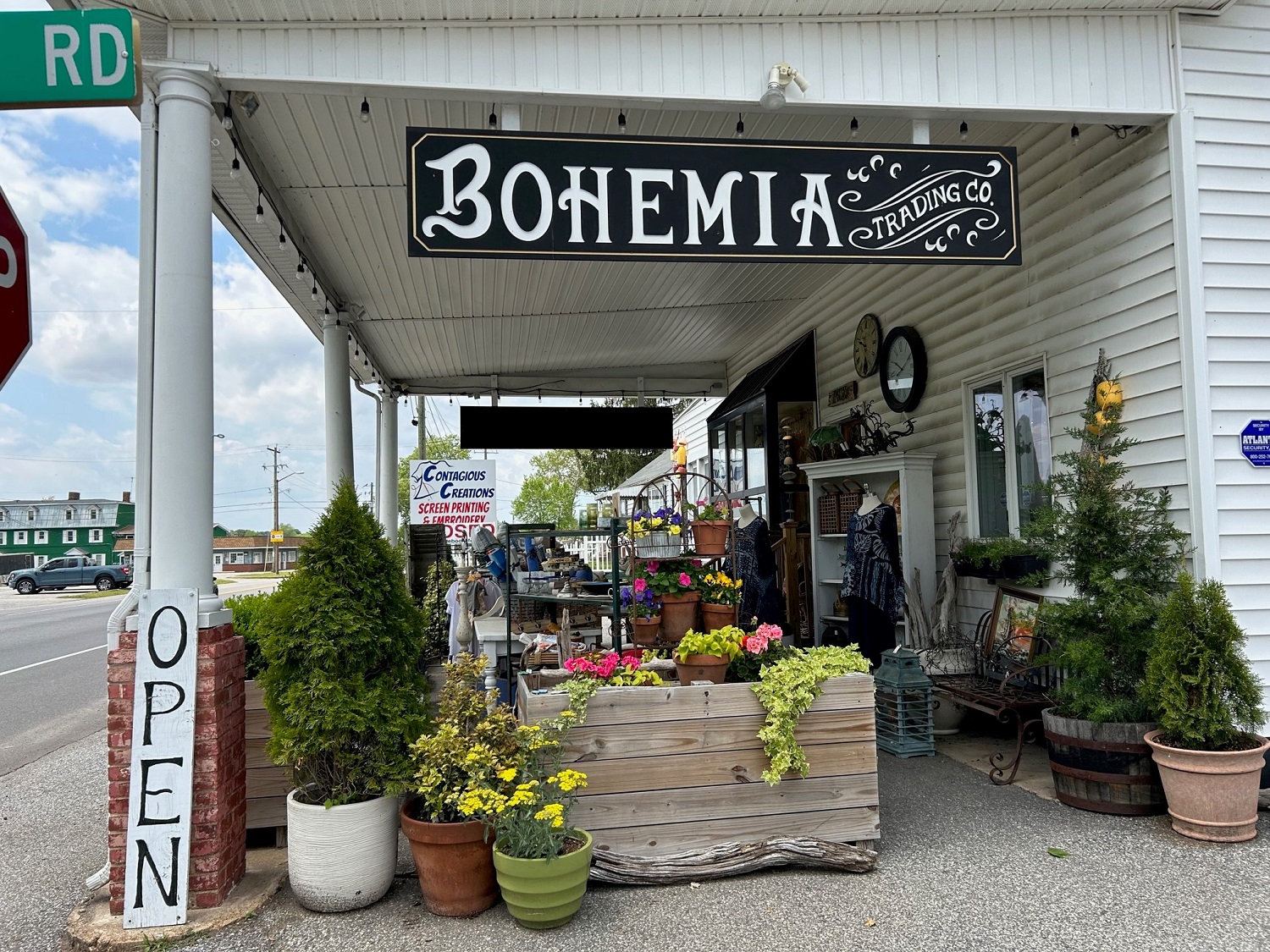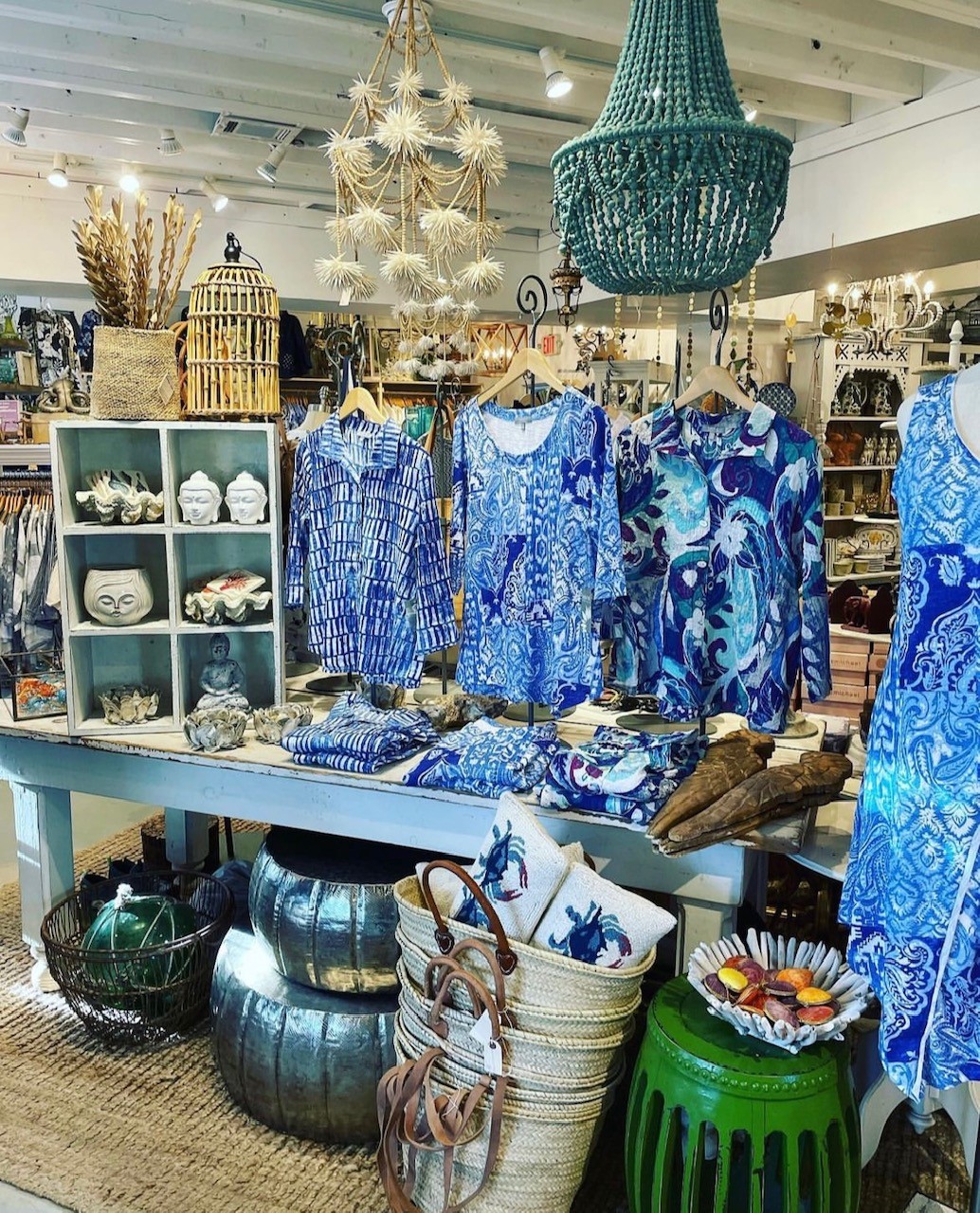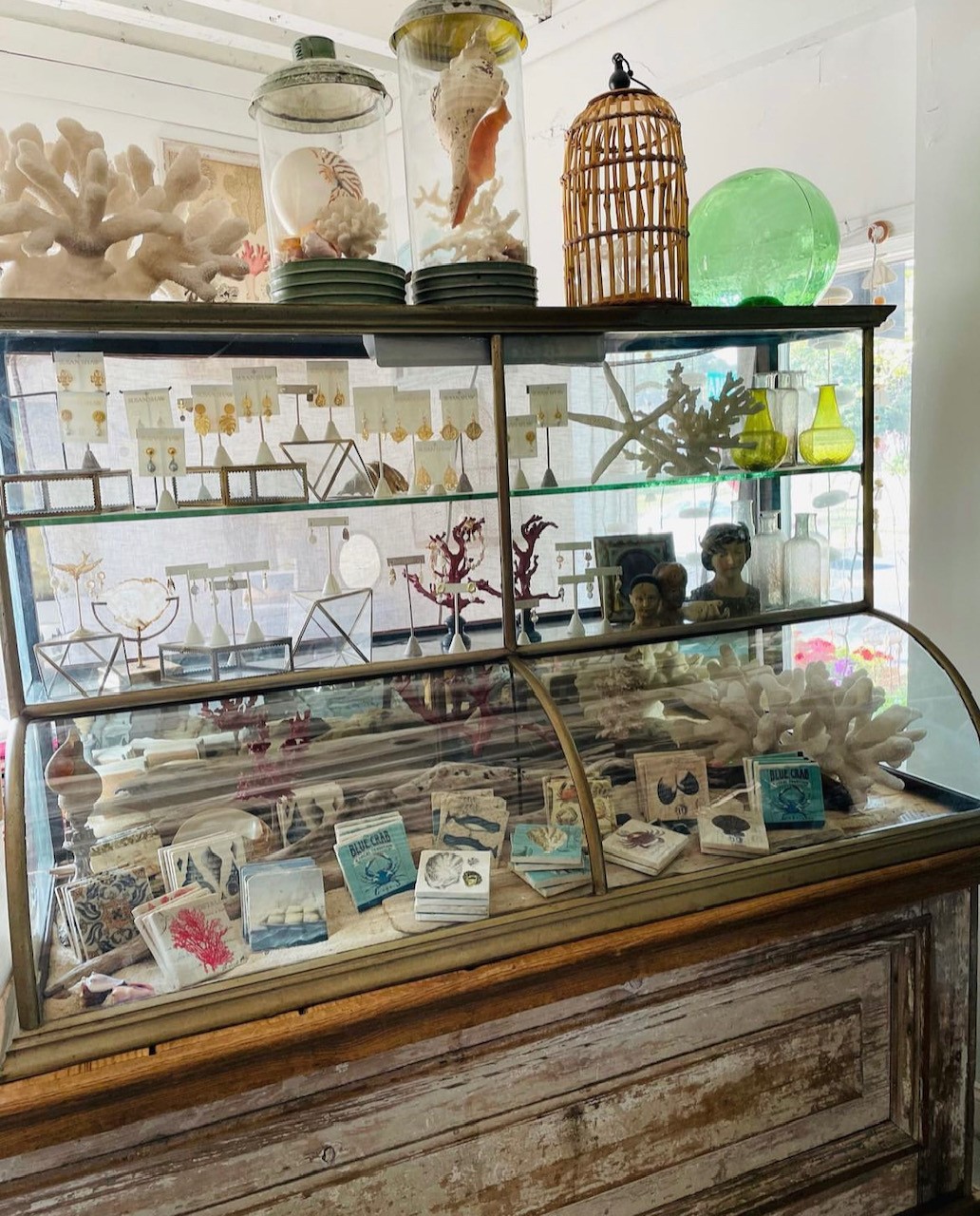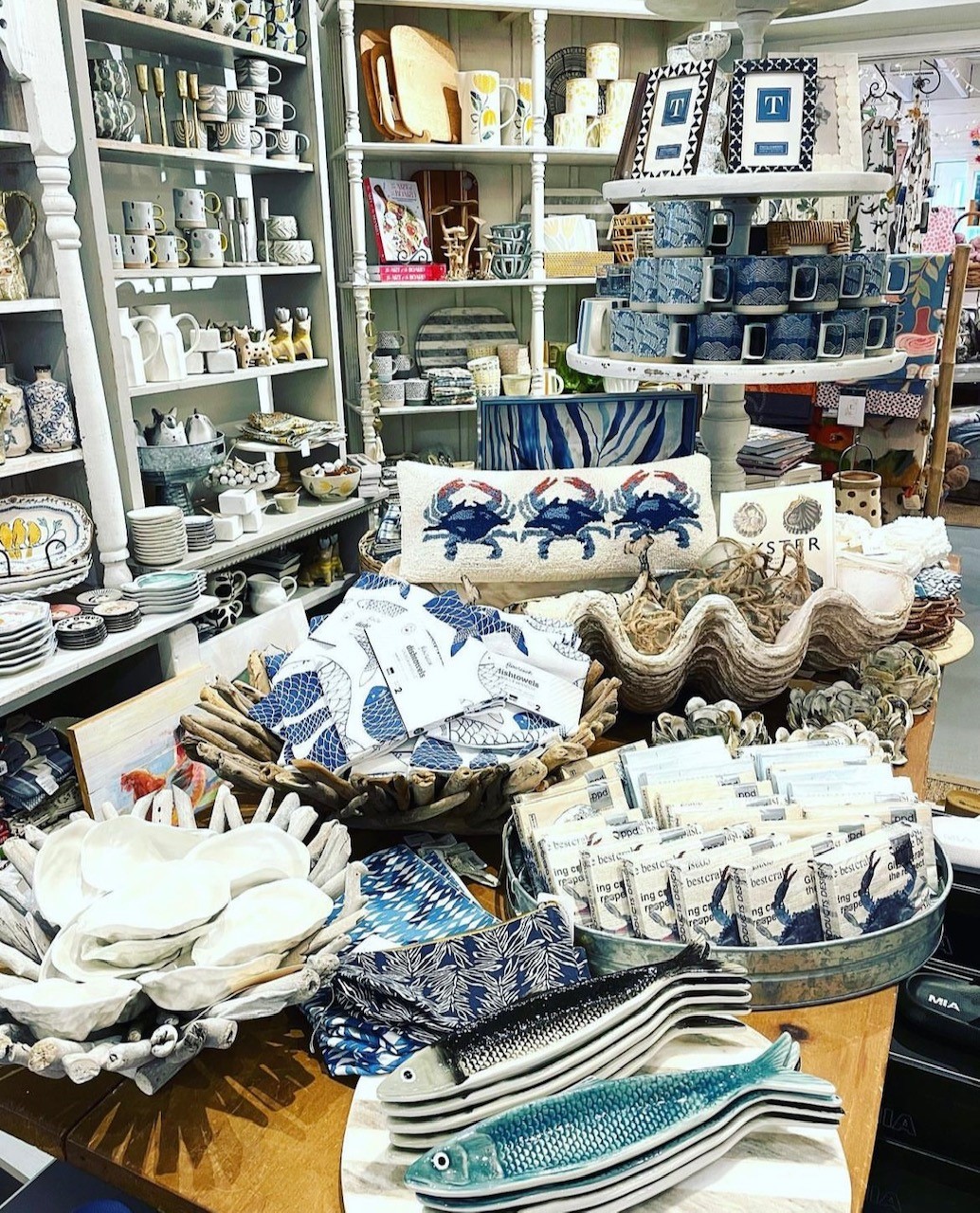Whenever I pass through Centreville on my trips to tour properties for my House of the Week articles, it is a special pleasure to pass by the exquisite Queen Anne County Court House. After the new Court House was complete, I wondered what the County planned for their historic gem. Lee Edgar, who is the Chief of Engineering for Queen Anne’s County Department of Public Works, graciously gave me a tour and shared many documents about the building’s history.
Originally the County seat was located in Queenstown; however, in 1782, the Maryland State Assembly passed an Act for relocation of the Court House and seat of government to a more centrally-located location. Over the next ten years, a former plantation known as Chesterfield was chosen as the land to use for the new town which would hold the county’s new Court House. The Town of “Centre Ville” (named both in gratitude to France’s support of the Colonies during the Revolutionary War and for its central location in the County) was incorporated in 1794 and Town lots were laid out with plans for construction of the new Court House that would be the jewel in the crown of the new Town. The Court House opened on June 1, 1796 and has the distinction of being the oldest courthouse in continuous use in Maryland.
The Court House construction was complete sometime after 1792 at the center of what is now called Court House Square, surrounded by Broadway, North Liberty St. and Lawyers Row. The Court Couse is set into a green in the French style parterre of four quadrants bisected by brick sidewalks with a border of boxwoods that was also an homage to French design. The quadrants are shaded by a towering tree centered in each quadrant; alas, the one magnificent Elm tree has been ailing but hopefully it will recover.
At the intersection of the brick walkways is a bronze statue of Queen Anne that was installed in 1977 and dedicated by Her Royal Highness Princess Anne. The green was originally bordered by a black iron fence with gates and the fence was set back along North Liberty St. to allow space for horse drawn carriages and a hitching post for horses. Other additions to the green are the flagpole and monument to honor the Queen Anne’s County service men and women who paid the ultimate price for their country during the First World War. Other plaques have been placed in honor of service men and women from more recent wars and conflicts. I asked Mr. Edgar about the white trash receptacle with white trim and like everything on this historic site, it too, had a story.
In 1984, the then Circuit Court Judge for Queen Anne’s County, Clayton C. Carter, sent a letter to the Public Works Director for Queen Anne’s County, requesting the installation of a litter receptacle in the Court House green. Judge Carter specified that the receptacle be a white Lawson “Silent-Sentinal” model with green accent. The Department of Public Works retains the original typewritten letter from Judge Carter and recently restored the vintage trash receptacle to the original place in the courthouse square on the eve of the historic courthouse being a feature stop for the annual Maryland Home and Garden Pilgrimage in May of this year.
When I walked around the Courthouse, I admired its stately two-story brick building that I learned originally consisted of a center five-bay, two rooms deep wing between two, two-bay, one room wings. The center wing is further articulated by projecting slightly forward from the side wings and is crowned by a pedimented gable articulated by square eave brackets. At the center of the gable is a medallion portraying a gold gilded eagle. At the second floor, arched 6/6 windows are outlined in stone trim with pitched headers that turn down to become a horizontal band that connects the five windows. The filigreed wrought iron balcony completes the composition. The exterior color palette of rose red brick first floor limestone window headers and sills, large windows with white trim, dark green wood slatted shutters with original iron shuttlecocks is classic. At the second floor of the front facades and the other facades, the window headers are slanted brick.
 I noticed that the shutters for a window at both the front and south façades were constructed of iron and surmised that must have been a security issue. Mr. Edgar verified that in order the maintain the beauty of the original window arrangement, the shutters were made of iron as security for the front vault and the side holding cell. As we walked around the building, Mr. Edgar pointed out the vertical joint that divided the original building from the 1876 addition/renovation. The depth of the wings were doubled and a new two-story addition was added that created the current “T” footprint. I admired how carefully the horizontal bands of the new brick matched the old so you don’t notice the slight color variation. At the façade facing Broadway, Mr. Edgar pointed out the meticulous tuckpointing that had been done as part of maintenance and how one outer brick protruded very slightly from the wall. These bricks were laid to be pulled out to accommodate the original wooden scaffolding during construction. After the work was complete, the outer brick were mortared into the façade in a manner which made them identifiable for removal in the future should scaffolding need to be installed for maintenance.
I noticed that the shutters for a window at both the front and south façades were constructed of iron and surmised that must have been a security issue. Mr. Edgar verified that in order the maintain the beauty of the original window arrangement, the shutters were made of iron as security for the front vault and the side holding cell. As we walked around the building, Mr. Edgar pointed out the vertical joint that divided the original building from the 1876 addition/renovation. The depth of the wings were doubled and a new two-story addition was added that created the current “T” footprint. I admired how carefully the horizontal bands of the new brick matched the old so you don’t notice the slight color variation. At the façade facing Broadway, Mr. Edgar pointed out the meticulous tuckpointing that had been done as part of maintenance and how one outer brick protruded very slightly from the wall. These bricks were laid to be pulled out to accommodate the original wooden scaffolding during construction. After the work was complete, the outer brick were mortared into the façade in a manner which made them identifiable for removal in the future should scaffolding need to be installed for maintenance.
Seeing the beauty of the current red brick facades, it is hard to imagine that for the majority of its life, the building was painted white. Despite the meticulous craftsmanship of the original artisans, additions and modifications to the building’s exterior are evident owing to changes with brick and mortar over time. It is for perhaps this reason that the building, since at least the 1877 renovation, was washed with lime and eventually white paint to disguise the patchwork and to achieve a cohesive and consistent appearance. In response to favorable public appeal, the County Commissioners agreed that with the building’s renovation, the decades of white paint should be removed to expose the beautiful red brick.
As we continued our walk around the exterior of the Court House, I noticed the exterior stairs and the high brick walled enclosure nearby at the rear of the property. Mr. Edgar explained that in the 1960’s, the building was underpinned to construct a basement which extended fully to the rear of the square. The rear addition exists over the basement that housed the Assessor’s Office, Treasurer’s Office and the Land Record Books and during the Cold War Era a Civil Defense fallout shelter. The basement is accessed both by an interior staircase and this exterior stair. The brick walled enclosure once surrounded the 110-foot-tall standpipe that stored the Town water until the current Town water tank was built. The enclosure now screens the HVAC and other equipment.
Before we began our tour of the interior, Mr. Edgar explained that the Courthouse functions have relocated to the new building across Court House Square that is a state of the art approximately 42,000 gross square feet facility clad in brick and limestone in homage to the historic Court House. Spatial function and efficiency and security guided the programming and design. The building has the distinction of being the first Court House in Maryland that was designed to be fully electronic. The character of the new Court House Facility is linked to the old by the new building’s oval window in the front gable with an eagle etched in glass, in tribute to the original building’s medallion of a gold gilded wood eagle in the front pediment. Additionally, the grounds of the new Circuit Court House are landscaped with boxwoods, continuing what has become a long-standing tradition for Court Houses in Queen Anne’s County.
As an ardent preservationist, I was relieved to hear that the original Court House will house the Register of Wills and the Orphans’ Court; thereby preserving the building’s title as the oldest court house in continuous use in the State of Maryland. The Court Room on the second floor will be used for ceremonial functions and other events. This majestic room will be maintained in its original form including the Mid Century Modern pendant period fixtures and finishes from various decades which are part of the building’s historic fabric and illustrate the story of its 232 years.
Throughout the remainder of the building, acoustical ceiling tiles will be removed to expose the rooms’ original heights and HVAC bulkheads will be removed to permit restoration of the original glass transoms above the doors to interior rooms. This will enable more indirect sunlight to penetrate into the rooms.
As I left this exquisite building, I was very grateful for the privilege of the “before” tour so I could look forward to writing an “after” feature when the interior renovation is complete in the historic building.
I am indebted to Lee Edgar, PE, Queen Anne’s County Chief of Engineering, for the historic research he shared with me and for his insights about the grounds and the building during my tour.
Jennifer Martella has pursued dual careers in architecture and real estate since she moved to the Eastern Shore in 2004. She has reestablished her architectural practice for residential and commercial projects and is a referral agent for Meredith Fine Properties. Her Italian heritage led her to Piazza Italian Market, where she hosts wine tastings every Friday and Saturday afternoons.
